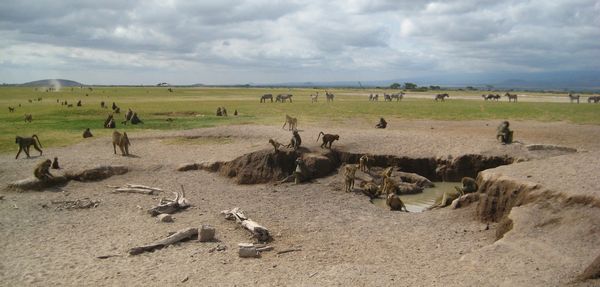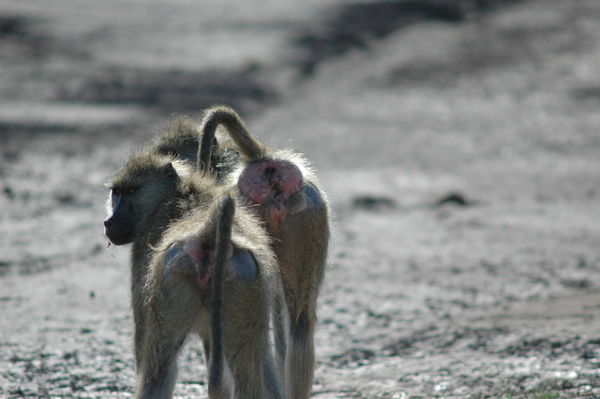Group Living: For Baboons Intermediate Size is Optimal
Author: Catherine Markham

What are the costs and benefits for animals living in groups of different sizes? Balancing the trade-offs between within-group Read More


What are the costs and benefits for animals living in groups of different sizes? Balancing the trade-offs between within-group Read More
Many social animals form linear dominance hierarchies, with a clear rank order among group members. Such hierarchies can profoundly influence health and access to resources, but the mechanisms underlying hierarchy formation and maintenance remain unclear. Do individual dominance ranks simply emerge from individual attributes – such as fighting ability? Or are linear hierarchies the product of social self-organization processes such as winner and loser effects – i.e. the phenomenon in which winners become more likely to win in subsequent encounters, and losers become more likely to lose? Here, we present the first evidence for social self-organization processes in a wild animal population. Read More

The exaggerated estrous swelling displayed by females of many Old World primates has often been thought of as a trait that functions as a reliable indicator of individual female quality. Indeed, baboon swellings are regularly held up as the text-book example. This idea is based on Pagel (1994), which put forward the Reliable Indicator Hypothesis. This hypothesis posited that the exaggerated swellings of some females are consistently larger than others (i.e. inter-individual variation in size), that this swelling size is an indicator of heritable female ‘quality’ (quality that translates into variation in lifetime reproductive success), and that males therefore prefer those females that have larger swellings. Previous work in the Amboseli baboons provided support for the first part of the reliable indicator hypothesis; swellings of some females are indeed larger than others (Fitzpatrick et al. 2014). However, until the recent study by Amboseli researchers, a complete test of the Reliable Indicator Hypothesis had not been conducted in any primate population. Read More